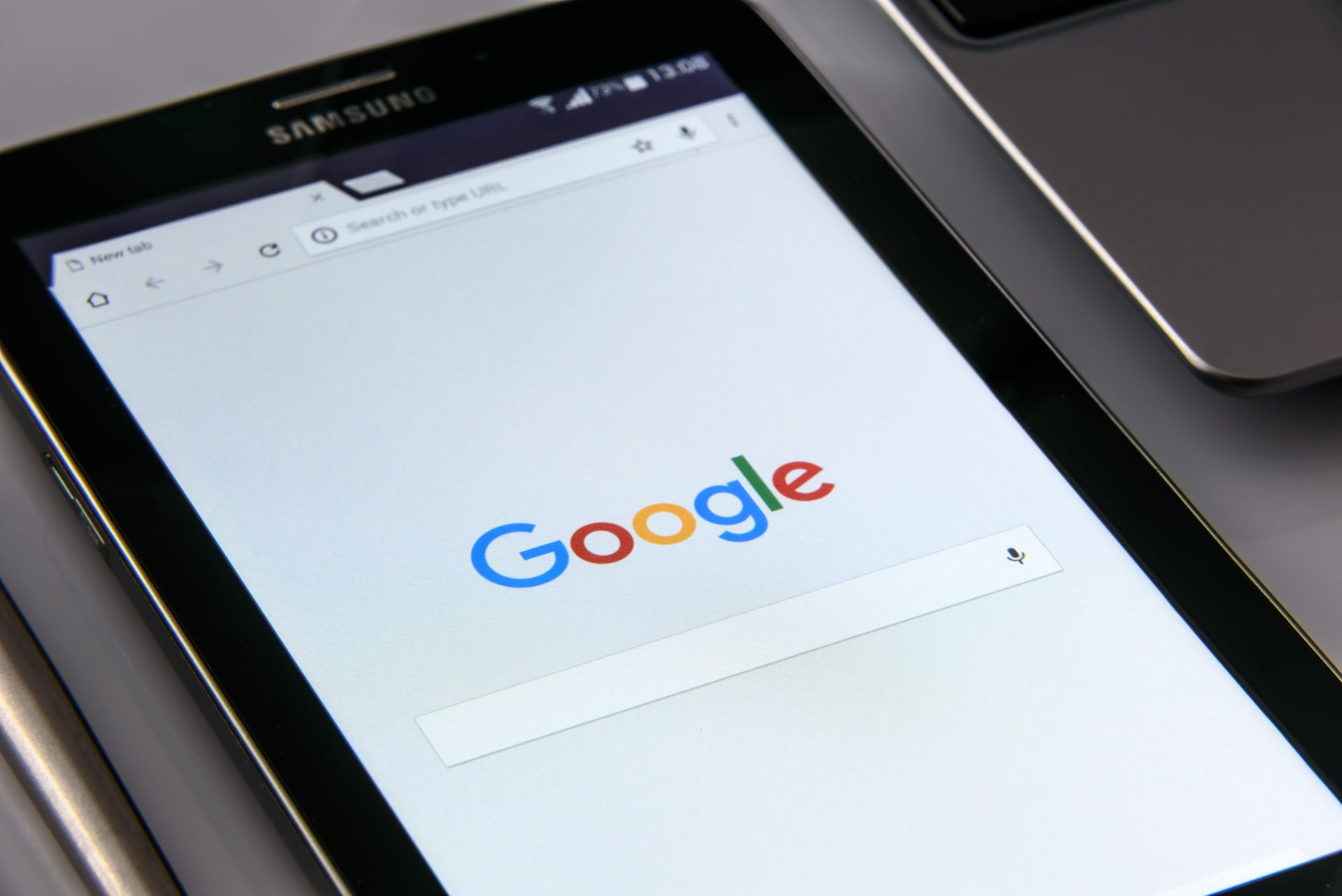As simple as it may seem, getting to your website is part of a long process of research and decision making by your customers. There is a development from the discovery of the need for a product to its final purchase. This process is called customer journey, commonly known as Buyer’s Journey. We’ll explain how you can apply it in your marketing strategy.
{{cta(‘bb2971b9-bf36-4c36-8edc-75223dba5208’)}}
The Buyer’s Journey has three stages: recognition, consideration and decision.
In this article you will find the following sections:
- Recognition stage
- Consideration stage
- Decision stage
1. Recognition stage
This initial stage is so called because the buyer discovers the symptoms of a problem and needs to study them to identify what its root cause is. The buyer will carry out research that involves reading articles, reports and testimonials from other buyers in order to identify their problem. In your company’s case, buyers would need to purchase building materials to fill their need.
The prospect will not search for materials until they are clear on what that need is. This means that at this stage there are no purchase intentions, and perhaps your website is not among the first information searches of buyers. The buyer will start to discard websites that do not provide the information they require to solve their question.
Let’s take a case as an example: an interior designer is commissioned by a client who is interested in painting the interior of his house following the concept of green home. This implies that the designer will search on Google which painting materials are environmentally friendly. Thanks to her research, she discovers that there is eco-friendly paint of mineral and plant origin, both of which dispense with petroleum.
Basically the buyer needs to be educated about what they need to move further along in the buying process. How can you help your buyers at this stage? By offering relevant content that educates your customers: you can offer ebooks or blog posts. For example, information about new materials in your industry. The goal is to gain the buyer’s trust from the very first moment.
2. Consideration stage
At this stage the prospect has already identified his problem and has found several possible solutions. He will intensify his research into these solutions in order to once again rule out websites that do not offer him information about what he needs. He will still turn to Google up to 2-3 times more to search for offers from different suppliers and compare them.
Here there is already purchasing interest. The prospectus will have a concrete budget, detailing the amount of materials required and calculating approximately what you can invest in these products.
Continuing with the example: the interior designer has opted for the ecological paint of vegetable origin and has inquired about it. She discovers its properties (such as its resistance to washing) and that there are several types depending on their composition (wax, oil, starch or resin). The designer will search on Google for each type of vegetable paint and start finding results ofsuppliers who distribute them. She will begin to compare the types of vegetable paint, but also the suppliers themselves.
And now you may be wondering, how do you attract buyers to your website at this part of the process? You can continue to offer ebooks and articles that educate them, but more useful will be publishing reports from industry professionals and reports about your industry. Trust building is an ongoing process.
You can also benefit from their visits by studying their movements on your website: which information pages are the most read or which products are the most visited. Study the movements of prospects

